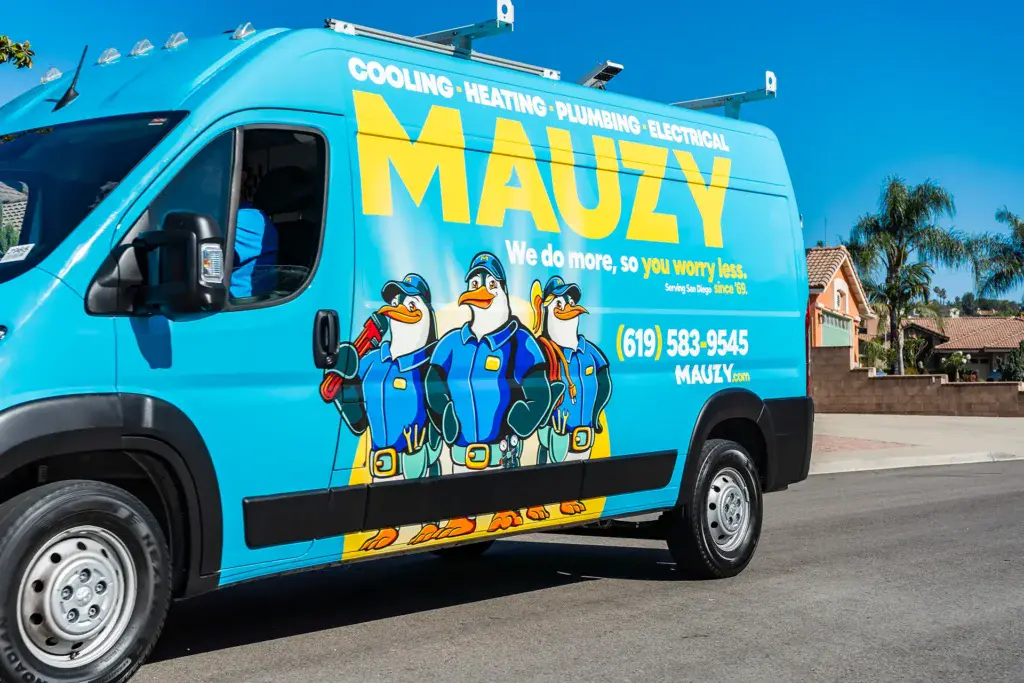It’s summer, and the heat is simply too much. Nothing seems to cool you down as you’d like, and your air conditioner is equally frustrating you by not cooling the room. What’s wrong?
First, the outside temperatures can significantly affect the speed of home cooling. No matter how big, powerful, or highly SEER-rated your HVAC unit is, outdoor temperatures can affect the AC’s cooling speed, causing it to work harder and the room to cool slower than usual.
Besides the above apparent reason, let’s look at other reasons your AC is cooling the room too slowly.
Old AC Unit
Ideally, a well-fitted and functional AC should start to cool a 10-by-10 foot room in 20 minutes and should take about three hours to cool down a four-bedroom house by 10° Fahrenheit.
However, if the air conditioner you’re using is over 15 or 20 years old, then the system will have to work harder to cool the room. You can expect the room to cool much slower than usual since every component in the AC is more subject to wear and tear, likely causing poor performance.
Leaky Connections in Your Home
If your home has air gaps, it means cool air from the HVAC unit escapes through these gaps, causing the room to cool much slower. The same can be said for leaking ducts.
In a home, there are two kinds of ducts: supply and return ducts. The supply duct will get you either warm air or cool air out through the supply vent from the HVAC unit, while the return duct carries air back to the heating and cooling system. Suppose there’s a leak or a disconnection in either duct; the AC must work harder to compensate for the downtime as air is lost through the leaks.
Dirty Air Filters or Coils
Air filters are not directly connected to room temperature; however, they affect airflow. When the air filters are dirty from an accumulation of dust, dirt, or debris, it causes limited airflow through the system, which also strains the air conditioner. Consequently, you will receive cool air much slower, and in extreme cases, you might experience the AC blowing warm air.
The same concept applies to dirty evaporator and condenser coils. The evaporator coils, which are located indoors, remove heat and vapor from indoor air. They then cool the air while the condenser coils take the heat and release it outdoors. If the coils are dirty, the dirt forms a type of insulation or blanket that prevents warm air from moving from the home and cool air from being sent back into the house. This leaves your home warm.
Low Refrigerant
The refrigerant in the HVAC unit aids to cool air in the units. In a case where the refrigerant leaks from the HVAC unit (probably due to loose connections or corrosion), it causes the refrigerant to be low, hence reducing the cooling capacity of the AC.
Incorrectly Programmed Thermostat
We mentioned that the environmental temperatures might be too high for the AC; the air conditioner is forced to work harder, which causes the room to cool slower. On the other hand, if the thermostat isn’t functioning correctly or not set at the right temperature, it may take too long for the room to cool.
If you’re at home, the U.S. Department of Energy suggests an optimal setting of 78° Fahrenheit, and if you have a ceiling fan, set the thermostat four degrees higher to 82°F.
With these potential AC issues in mind, you can worry less about the temperatures in your home. The summer should be about eating ice cream, enjoying the sun, taking time away from school, and spending time with family and friends — not dealing with an AC that doesn’t cool fast enough. In case you need AC repair, installation, or other HVAC maintenance services, contact Mauzy Heating, Air & Solar today.
